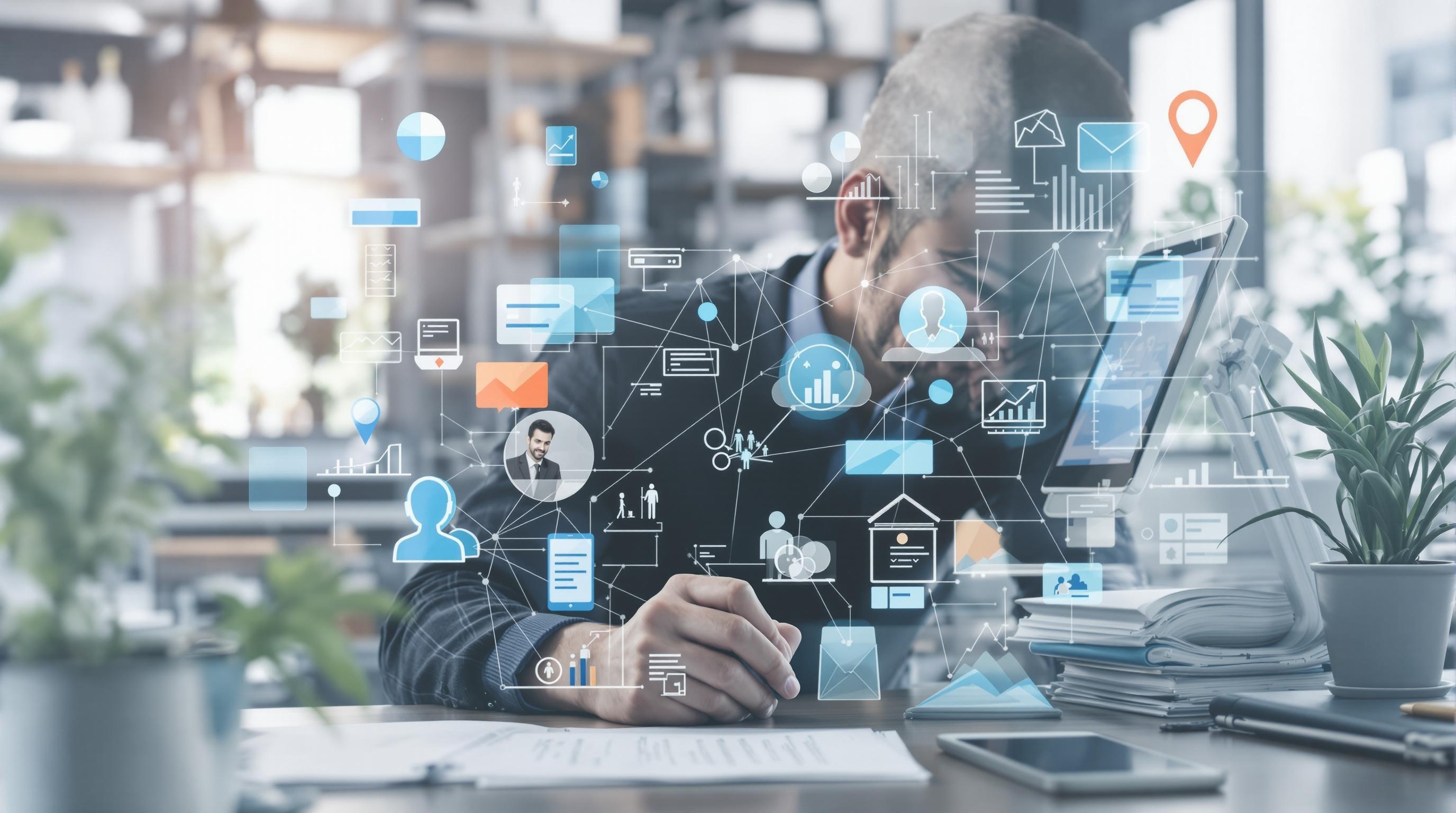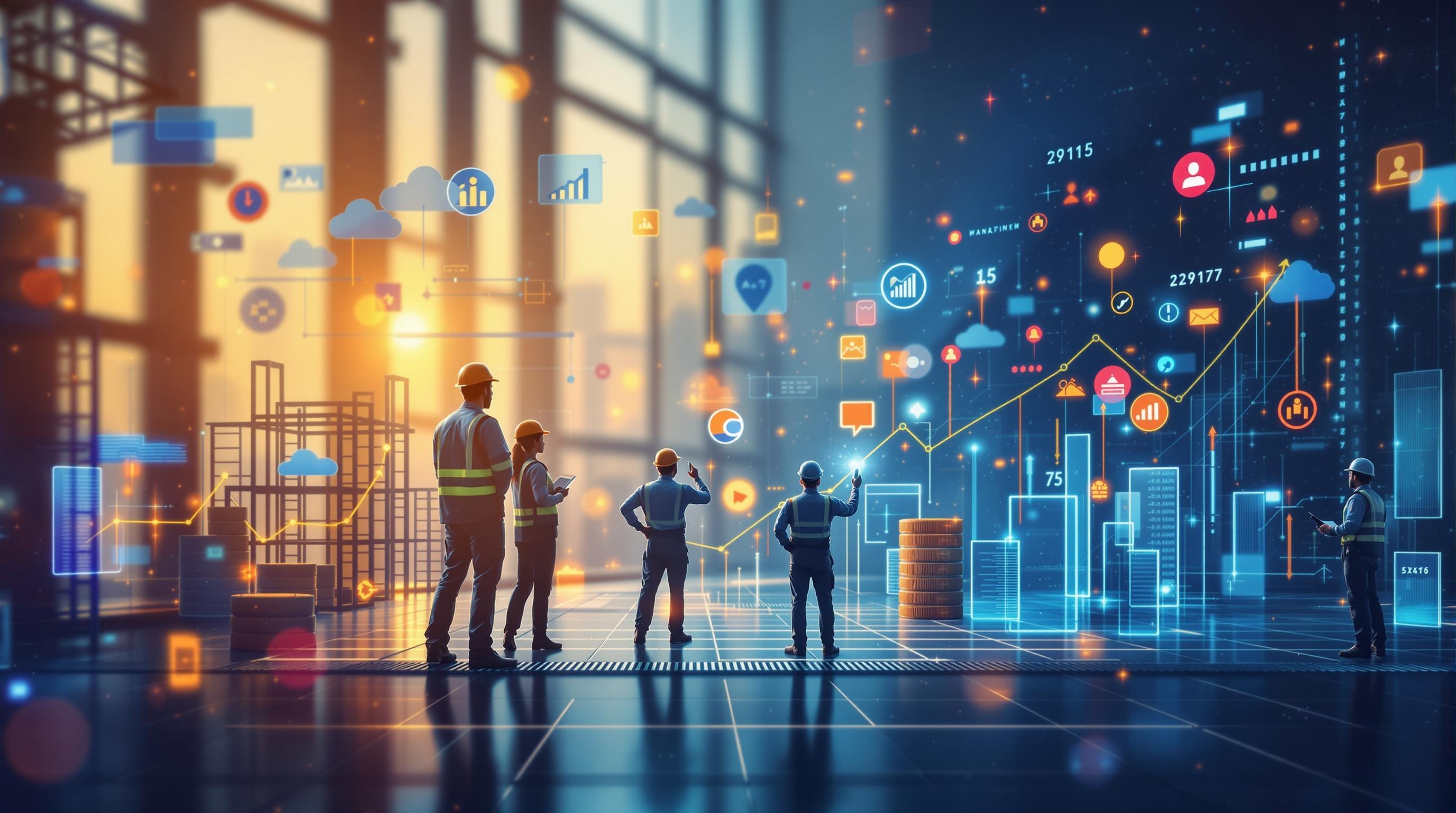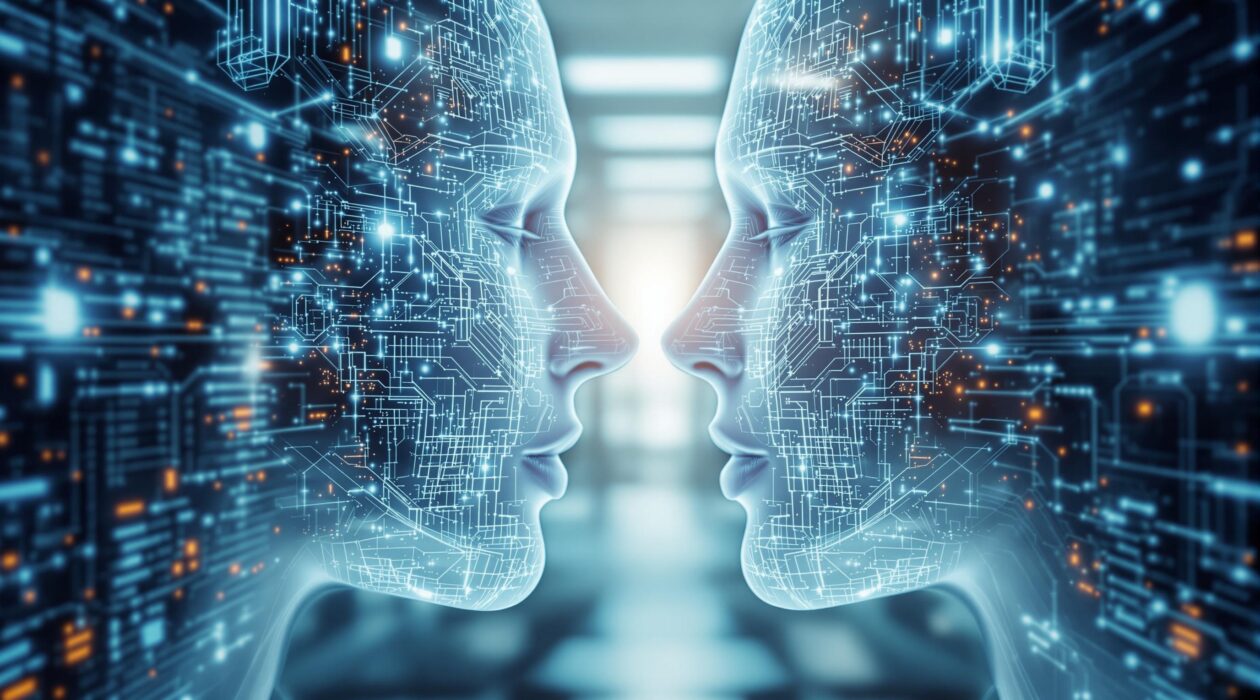Digital twin technology is reshaping how we manage people by delivering real-time, AI-powered workforce modeling. The digital twin market is set for significant growth, and early adopters see clear benefits. Adapting now ensures you’re ready for major change in HR as this technology takes hold.
Key Takeaways
- Digital twins create accurate maps of workforce skills. Use these insights for smarter talent allocation and faster onboarding.
- Rely on AI simulations and predictive analytics to spot skill gaps early, refine your hiring, and make employee retention a data-driven process.
- Pioneers in telecom and consumer goods already report faster ramp-up times and better resource use.
- Address ethical challenges like bias, privacy, and worker trust by setting up transparent communication, routine algorithm reviews, and solid governance.
- Models such as Twin-as-a-Service open the door for even smaller companies to use digital twins, driving broad change in people management cost-effectively.
Act Now to Unlock Workforce Potential
Don’t get left behind as this technology reshapes HR. Start assessing how digital twins can fit into your workflow to stay ahead and unlock workforce potential.
The Transformative Impact of Digital Twin Technology on People Management
Digital twin technology is rapidly evolving beyond its traditional applications in manufacturing and is now making waves in people management. By constructing virtual models of employees—encompassing their skills, experience, and behavior—organizations are revolutionizing their HR strategies. With the global digital twin market forecasted to grow from $23.4 billion in 2024 to an astonishing $219.6 billion by 2033 at a 25.08% CAGR, this technological shift is both swift and significant.
Artificial intelligence, IoT, cloud computing, and generative AI are at the forefront of this movement. These technologies provide real-time insights, giving HR professionals the capability to manage proactively. Rather than simply reacting to issues such as turnover or skill shortages, HR can now identify emerging needs, spot high-potential talent early, and implement targeted development plans with unprecedented speed.
Key Benefits Unlocked by Digital Twin Technology in HR
Here are some of the powerful ways digital twins are reshaping people management in today’s organizations:
- Virtual modeling enables comprehensive mapping of every employee’s competencies, facilitating smarter talent allocation across the workforce.
- AI-powered simulations provide predictive insights into workforce trends, reducing risks and uncovering new opportunities for employee development.
- Faster, data-driven onboarding is now possible. Platforms such as Eightfold AI’s new Digital Twin have demonstrated reducing onboarding times from months to weeks.
- Continuous monitoring supports agile, precise upskilling and reskilling, which is vital as business needs change rapidly.
- Cloud-based collaboration tools guarantee secure, accessible insights for all stakeholders, promoting alignment across departments.
Digital twins are not merely keeping up with the speed of change—they are empowering HR to anticipate needs, transform the employee experience, and deliver business value faster than ever before.

Market Growth and the Technology Backbone
North America claims a dominant position in digital twin adoption, holding a 34.6% share. Market growth isn’t slowing down, especially with giants like Siemens, IBM, and Eightfold AI spearheading advances. These leaders set the pace by combining robust platforms with rapid, scalable innovation.
AI and machine learning have transformed digital twins from static models into dynamic, decision-driving systems. These technologies manage colossal volumes of real-time data, enabling deep insights into skills, productivity, well-being, and performance. Companies don’t just capture data—they act on it, reshaping workforce strategies at speed.
5G, IoT, and cloud solutions lay the groundwork for global, large-scale digital twins in people management. The synergy of these technologies means rapid data flow and high reliability, a necessity when replicating human systems at scale.
Gartner finds 70% of HR leaders intend to back digital twins with investments by 2026. This growing momentum links directly to the benefits digital twins deliver:
- Faster, data-backed decision-making
- Scalability for global operations
- Greater accuracy in workforce planning
Core Use Cases for Digital Twins in HR
Adopting digital twins in HR unlocks several powerful applications:
- Automating and refining onboarding processes.
- Predicting attrition risks with greater accuracy.
- Enhancing scenario planning for workforce optimization.
Digital twins digest and interpret complex workforce information much faster than traditional analysis. I recommend considering digital twins if you need to transform raw data into actionable strategies or keep pace with rapid workforce shifts. The technology now offers a win-win—better decision-making for leadership and improved experiences for employees.

From Talent Acquisition to Dynamic Development: Key HR Applications
Precision Hiring and Predictive Planning
Digital twins predict candidate success by simulating job performance before making hiring decisions. This approach reduces bias and supports diversity. Siemens AG leverages workforce simulations to boost productivity by optimizing their hiring strategies. By utilizing predictive skill-gap analysis, HR teams can plan future upskilling or reskilling, avoiding costly talent shortages and staying ahead of workforce needs.
- Reduces hiring bias and supports workforce diversity
- Simulates real-world job performance for candidates
- Avoids costly skill shortages with predictive workforce planning
- Enables data-driven decision-making in talent acquisition
Dynamic Development and Measurable Results
Digital twins are making onboarding much faster—Eightfold’s clients report up to 60% shorter onboarding periods, reducing time from months to weeks. Adaptive micro-learning modules and AI-driven mentorship systems provide just-in-time training, improving both engagement and retention. Zensar has noted operational efficiencies increase by 20–40% when using workforce modeling with digital twins. Virtual career planning data also demonstrates improvement in retention rates by 15–25%, thanks to more transparent and engaging career roadmaps.
- Accelerates onboarding processes
- Provides customized, just-in-time learning experiences
- Boosts operational efficiency through simulation and modeling
- Improves employee retention with engaging career planning

Proactive Planning for the Future Workforce
Scenario modeling with digital twins helps organizations anticipate workforce changes. For example, the NFL’s ‘Digital Athlete’ model adapts to talent management by simulating scenarios such as remote work effects, crisis responses, or shifts in economic conditions before any real-world action is required. By using digital twins, organizations can forecast risks like employee burnout and fine-tune hybrid scheduling. These models also assist in identifying the most effective team combinations and allow for resource allocation with unmatched precision.
The benefits are far from just theoretical. Organizations such as Eightfold, CCEP, and Deutsche Telekom have experienced measurable improvements, including a 50% boost in project staffing accuracy and reduced time-to-productivity.
For leaders planning for uncertainty, leveraging digital twins means staying one step ahead, minimizing errors, and maintaining teams that are engaged and efficient.

Implementation Barriers and Ethical Responsibilities
Privacy, bias, and trust issues often slow digital twin adoption. With only 26% of employees trusting AI-powered HR decisions, skepticism remains high. That trust gap means I must address ethical responsibilities head-on if I want digital twins to succeed in HR settings.
Algorithms that rely on historical data can easily become biased. They might keep rewarding past “star” performers, sidelining fresh talent who bring new strengths. Recognizing this risk, I advocate for regular model reviews and active adjustments to prevent old biases from snowballing into the future.
Small and medium-sized businesses don’t always have deep pockets for major technology outlays. Thankfully, Twin-as-a-Service models bring digital twins within reach, slashing deployment costs by up to 60%. That makes it practical to pilot digital twin initiatives without overextending resources.
Key Steps for Responsible and Efficient Adoption
Taking these steps helps teams implement digital twins responsibly, maximizing benefits while sidestepping pitfalls:
- Prioritize transparent communication about data collection and use, building employee trust.
- Routinely audit algorithms to detect and mitigate bias in HR and other functions.
- Invest in digital skills training. Frameworks inspired by the UK’s National Digital Twin initiative make staff upskilling straightforward.
- Develop and enforce strong AI governance policies to oversee decisions, ensuring ethics remain front and center.
- Choose flexible, cost-efficient service models—such as Twin-as-a-Service—making advanced capabilities accessible to small organizations.
Responsible digital twin deployments aren’t just about tech. They demand rigorous attention to governance, fairness, and employee engagement at every stage.
Digital twins have sparked notable improvements across major industries. Businesses using these platforms aren’t just optimizing—they’re seeing genuine, measurable change.
Real Stories of Impact
Adopting digital twin solutions has translated directly into measurable wins:
- Coca-Cola Europacific cut their time-to-productivity by 35% once they mapped workforce skills to specific roles using Eightfold’s digital twin platform. That means new hires and role changes deliver value significantly faster.
- Deutsche Telekom slashed resource allocation errors by half through innovative digital twin modeling. With better forecasting and matching processes, teams work smarter, not harder.
- Vodafone saw employee engagement climb by 25% after weaving digital twin-powered HR insights into their operations, creating a healthier, more motivated workplace.
These shifts aren’t mere statistics—they point to a smarter way to manage people and resources at scale.

Looking Ahead: Future Trends and Strategic Recommendations
By 2030, digital twins could evolve to become autonomous, continuously self-updating, and able to integrate genetic, health, and blockchain data—driving deeper personalization and ironclad security. I recommend HR leaders get proactive by focusing on three core priorities.
Actionable Steps for HR Leaders
I suggest leaders consider these moves to keep their workforce future-ready:
- Champion upskilling in AI and data literacy for teams.
- Pilot digital twin strategies on a small scale to assess real-world impact.
- Stay vigilant about legal and ethical frameworks like GDPR and CCPA.
Workforce Simulation and Predictive Management
As digital twin technology and talent platforms progress, expect a swift shift. HR will harness workforce simulation and advanced predictive analytics, moving from transactional support to strategic business driver—reshaping how organizations unleash people potential.

Sources:
IMARC
Gartner
Delve Labs – “HR Digital Twin”
Eightfold AI – “Eightfold AI Digital Twin”
Moka – “Digital Twin in HR (ENG)”
Zensar – “Digital Twin Resource Planning”
Horton International – “Benefits & Challenges: Digital Twins in Talent Acquisition”
Reworked – “Modern Workforce Planning with Digital Twin Simulation”
UNLEASH – “Digital Twins in HR: Separating the Hype from Reality”
Digital Twin Hub – “Skills”
eSelf – “Digital Twin Future”










